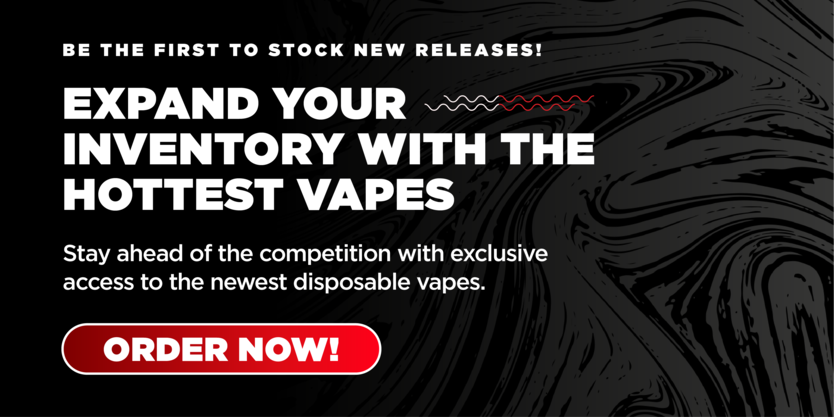How to Sell CBD Online and Succeed
Estimated 0 min read
CBD has exploded onto the scene, capturing mainstream interest faster than most products—even those with lingering stigma. But despite its controversial reputation, thanks to a booming billion-dollar industry and evolving legalization, selling CBD oil can be far more attainable than you might think.
Curious how to start (or grow) your CBD business the right way? Just follow these proven steps to find your edge.
Table of Contents
- What Is CBD?
- Is CBD Legal?
- How to Sell CBD Oil Online
- Step 1: Identify Your Audience
- Step 2: Define Your Brand
- Step 3: Keep Customers Coming Back
- Step 4: Choose the Right e‑Commerce Platform
- Step 5: Keep It Legal: No Medical Claims
- Step 6: Sell Only FDA‑Approved Products
- Step 7: Navigate Advertising Restrictions
- Why This Works
- Conclusion
What Is CBD?
CBD (cannabidiol) is a non-psychoactive compound extracted from hemp. Known for supporting physical relaxation, sleep quality, and appetite balance, it’s gaining popularity, not as a medicine (except for certain epilepsy treatments), but as a wellness staple.
Is CBD Legal?
Federal law now broadly permits hemp-derived CBD, but laws constantly shift. Do one of these before selling:
- Check your state’s specific regulations.
- Consult a legal advisor, or use our shipping-restrictions guide.
How to Sell CBD Oil Online
Step 1: Identify Your Audience
If you already have a vape shop, poll your current customers, will they buy CBD? Or is there an untapped audience waiting online? A quick survey can guide your stocking strategy before you invest heavily.
Step 2: Define Your Brand
Differentiate from typical vape stores. Embrace health-conscious messaging, highlight purity, lab testing, and your brand story. Use email, in-store materials, and social media to turn "vape shop" into "wellness destination."
Step 3: Keep Customers Coming Back
Don’t just offer CBD, stay cutting-edge. Rotate in fresh products, focus on trusted brands, and nurture your audience with targeted promotions, value content, and loyalty rewards.
Step 4: Choose the Right e‑Commerce Platform
Ensure your chosen online marketplace (Shopify, WooCommerce, BigCommerce, etc.) supports CBD. Some platforms still prohibit hemp-based products, even if they’re 0% THC.
Step 5: Keep It Legal: No Medical Claims
Regulatory agencies like the FDA strictly prohibit health or disease claims in marketing, stay compliant with language like “supports” rather than “treats.”
Step 6: Sell Only FDA‑Approved Products
Choose vendors who provide third-party lab results. High-quality CBD enhances credibility and avoids potential liability issues.
Step 7: Navigate Advertising Restrictions
- Create engaging blog content, like “5 Ways CBD Supports Sleep.”
- Run email campaigns and educational newsletters.
- Build an affiliate program or partner with wellness influencers.
Why This Works
- Trust & Transparency: Third-party lab tests + clean branding make customers confident.
- Audience Validation: You only stock what people actually want.
- Compliance First: Legal safety = long-term profitability.
- Organic Marketing: Content-driven engagement trumps pay-to-play ads.
Conclusion
Wholesale CBD is easier to access than ever, and now is the moment to go big. But success isn’t just about buying low and selling high, it’s about building trust, remaining compliant, and marketing intelligently.
Start smart: Validate your audience, differentiate your brand, and focus on transparency and compliance for sustained growth.









